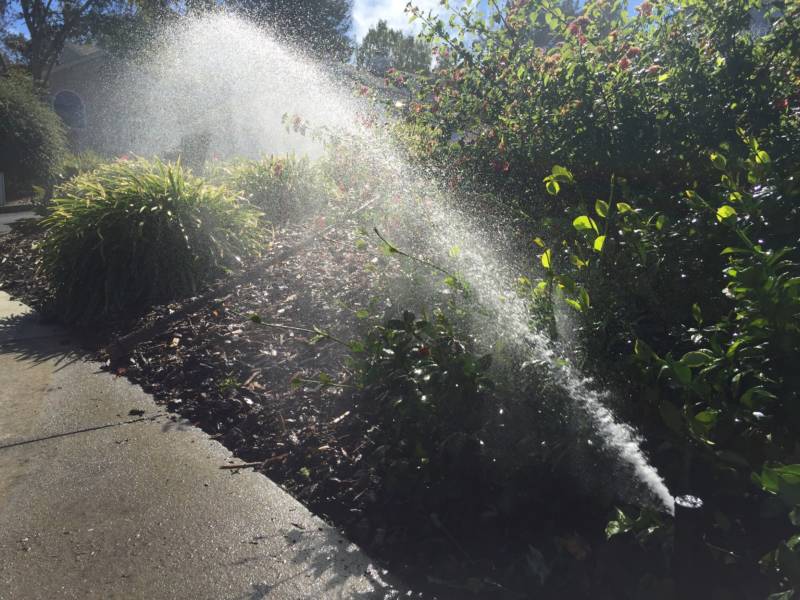California water officials say they’re moving to scrap the system of state-imposed water conservation quotas put in place during the current drought.
The system resulted in a cumulative saving among urban consumers of about 24 percent compared to the benchmark year of 2013.
At the same time, Governor Jerry Brown issued an executive order that makes permanent some of the most basic prohibitions in place since 2014, such as the ban on hosing down sidewalks and watering lawns to the extent that it creates runoff or within 48 hours of any measurable rainfall.
“Now we know that drought is becoming a regular occurrence and water conservation must be a part of our everyday life,” Brown said in a statement.
The rule barring restaurants from serving water unsolicited is being lifted, however. Officials say that was always intended as more of an “awareness” measure than a way to achieve major water savings.

But rather than having state officials assign mandatory saving targets to local water agencies, the State Water Resources Control Board will vote next week on a plan to put conservation more firmly back in local hands. Some local water agencies had pushed back hard on the imposed-quota system, calling it unduly restrictive and tone-deaf to local conditions.


